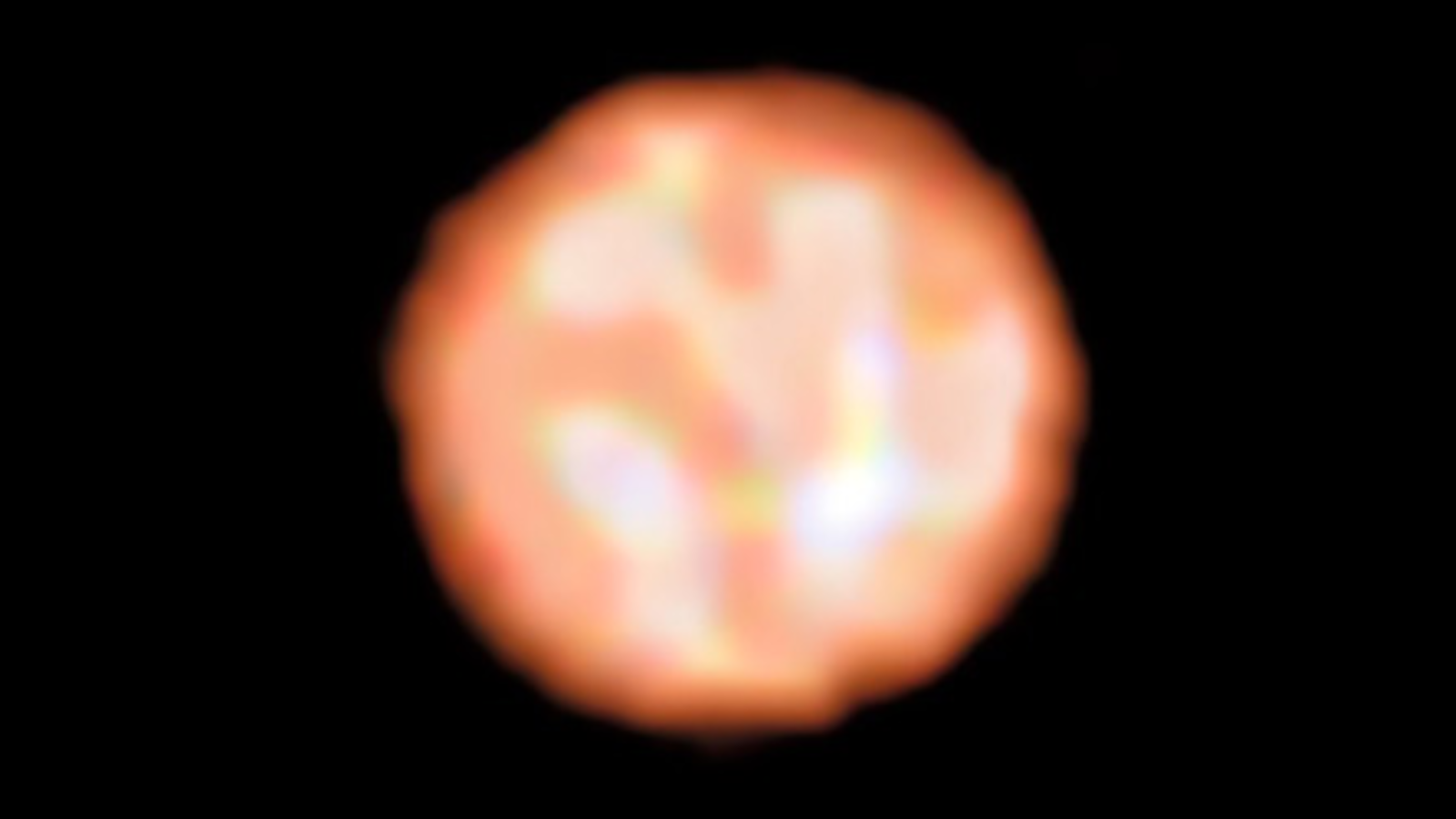NASA Fails to Fully Meet Final Return to Flight Recommendations
With threeweeks left before NASA's next shuttle launch window opens, the space agency hasstill not yet met the full letter of recommendations made by Columbia accidentinvestigators, an independent group overseeing the return to flight effort saidMonday.
TheStafford Covey Return to Flight Task Group, led by former astronauts ThomasStafford and Richard Covey, said NASA has only partially fulfilled the finalthree recommendations it pledged to meet before resuming space shuttle flights.
It is nowup to NASA Administrator Michael Griffin to decide whether the space shuttleDiscovery, the first orbiter to fly since the Columbia tragedy, will launch next monthas planned.
In astatement released just after the task group's announcement, Griffin said theindependent panel had performed a "valuable public service."
"As anengineer, I know that a vigorous discussion of these complex issues can make ussmarter," Griffin said in the statement. "Ianticipate, and expect, a healthy debate in our upcoming Flight ReadinessReview for the Space Shuttle Return to Flight mission, STS-114."
Sittingatop Launch Pad 39B at KSC, Discovery is slated to launch its STS-114 astronautcrew spaceward no earlier than July 13. Shuttle program and mission managersare expected to meet between June 29 and 30 for a flight readiness reviewmeeting at Kennedy Space Center (KSC) in Cape Canaveral, Florida.
CAIB Recommendations
Breaking space news, the latest updates on rocket launches, skywatching events and more!
"They havea sound plan to go forward, to finish up their analysis and hopefully resolveall of their open issues," said Joseph Cuzzopoli, technology panel leader,during the press conference at NASA's Washington, D.C.headquarters.
Orbiter hardening, external tank debris mitigation and in-flight repair methods rounded out the last three of 15 recommendations from Columbia investigators to be met before NASA launches its next shuttle flight.
While NASAhas made great strides in strengthening its orbiter fleet and minimizingharmful debris such as foam and ice - efforts which the task group conceded - it didnot meet the full intent of Columbia Accident Investigation Board (CAIB), thetask group members said. The task group also accepted that while the fiverepair methods devised by NASA to orbiter damage in-flight could be used in acontingency situation, they are not far enough along to meet the CAIBrecommendations.
"All ofthese options show promise for future flights, but we didn't feel they weretested and vetted enough to be called a capability," said James Adamson,operations lead for the task group. "Our hats are off to NASA in the tremendouseffort they put forth on a system that was never intended to be repaired...it wasa tough job."
Task groupmembers will deliver their findings in an executive summary to Griffin Tuesday,Covey told reporters during the press conference.
"We'regoing to continue writing our final report and hope to get that done as soon aswe can," Covey said, adding that despite the task group's findings, he wouldnot have a concern about flying aboard Discovery's next flight.
Discovery'sspaceflight is the first of two scheduled test missions to verify new hardwareand procedures developed to increase shuttle safety. It is also expected toferry much-needed supplies, spare parts and science equipment to theInternational Space Station (ISS), which has depended on Russian spacecraft forcargo deliveries and crew changes since the Columbia accident.
NASAgrounded its three remaining space shuttles following the loss of Columbia andits STS-107 astronaut crew on Feb. 1, 2003. The orbiter broke apart over Texaswhile reentering the Earth's atmosphere. Investigators later found that wingdamage, caused by external tank foam debris at launch, caused the accident.
- UPDATE: Shuttle Oversight Group to Say All But 3 Return to Flight Requirements Met
- Risk to Shuttle from Launch Debris Low, NASA Says
- Fixing NASA: Complete Coverage of Space Shuttle Return to Flight

Tariq is the award-winning Editor-in-Chief of Space.com and joined the team in 2001. He covers human spaceflight, as well as skywatching and entertainment. He became Space.com's Editor-in-Chief in 2019. Before joining Space.com, Tariq was a staff reporter for The Los Angeles Times covering education and city beats in La Habra, Fullerton and Huntington Beach. He's a recipient of the 2022 Harry Kolcum Award for excellence in space reporting and the 2025 Space Pioneer Award from the National Space Society. He is an Eagle Scout and Space Camp alum with journalism degrees from the USC and NYU. You can find Tariq at Space.com and as the co-host to the This Week In Space podcast on the TWiT network. To see his latest project, you can follow Tariq on Twitter @tariqjmalik.
